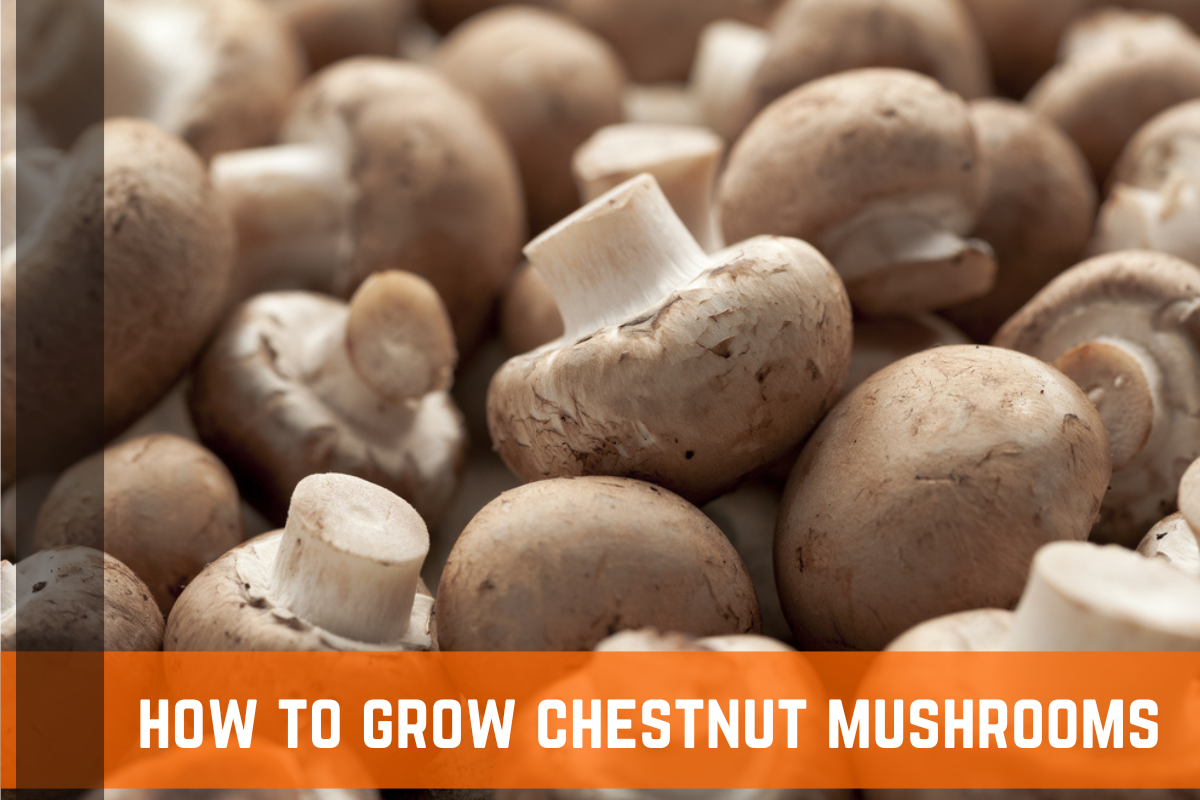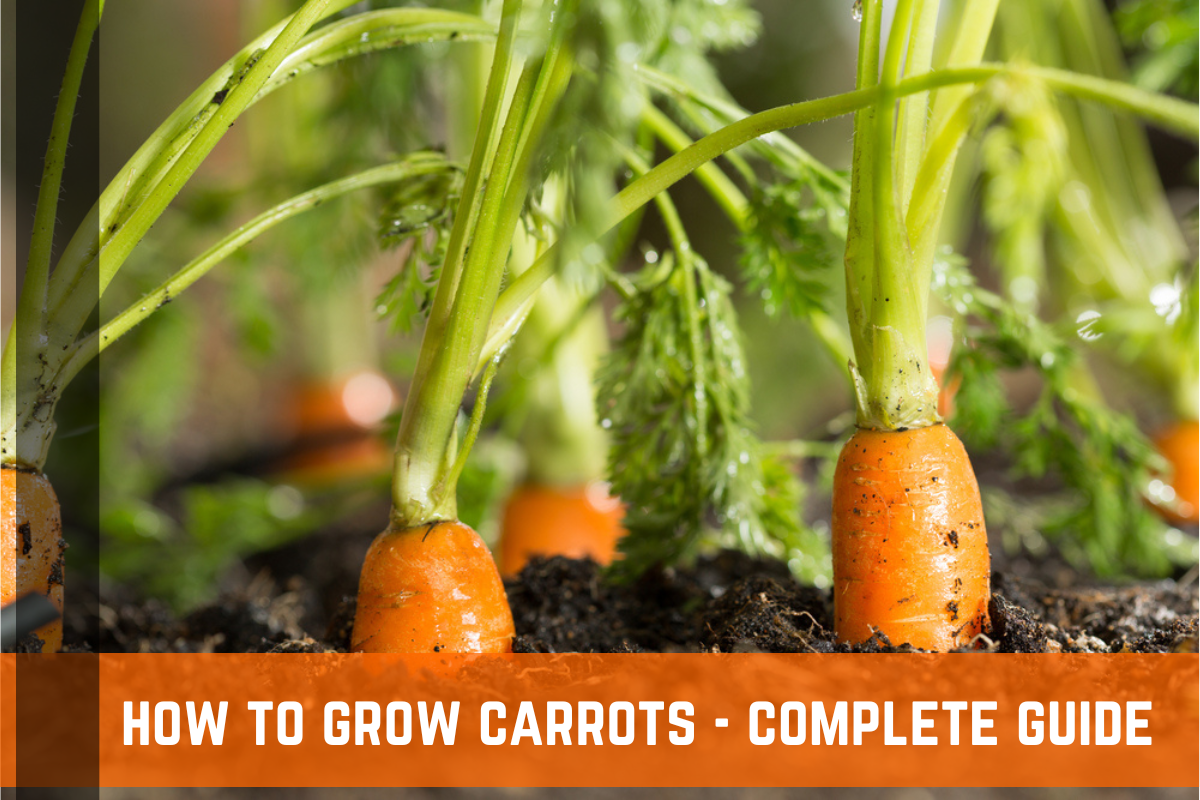Growing Tips & Techniques
How To Grow Delicata Squash: Complete Guide
Delicata squash is a member of the same family as zucchini: Cucurbita pepo. It is commonly assumed to be a wintertime squash due to the fact that it is picked later in the season; however, its tender peel indicates that this is not the case. While it is a much more successful squash today, it had a shorter lifespan when it was initially launched in 1894. Read more
How To Grow Agave: Growing Guide, Tips, & Info
Agave is a plant that has therapeutic properties. Its juice, roots, and sap are all utilized in the production of medicine that is effective against cancer, diarrhea, and other conditions. But do you have any idea where it originates? Read more
How To Hang Grow Lights: Strategies, Tips, & Techniques
When it comes to suspending your grow lights, you have a number of various options available to you to choose from. Your current setup, as well as the number of beams you have accessible in your growing space, will both factor into your decision on which one to go with. Those who have beams at their disposal can simply mount the lighting fixtures or a grow light mover system directly onto the beams. Read more
How To Increase Humidity In Grow Tent
Your plants' growth can be significantly stunted by low humidity, particularly in the early phases of their development. But be careful. The effects of high humidity can be far more severe. If the humidity level in your home is dangerously low, you should invest in a humidifier to bring it up, but if it is only slightly off, you could be better off doing nothing. Read more
How To Keep Brush From Growing Back
When discussing landscaping, the term "brush" refers to a wide range of vegetation. In general, it refers to the plants that are growing on your land despite your best efforts to remove them. The term "brush" can refer to unkempt bushes and trees, as well as grass and fallen branches. Read more
Beech Mushroom Growing Guide & Tips
If you ever find beech mushrooms in a store or market, you should definitely pick some up! The tiny clumps of fungi have a magical, otherworldly appearance. It turns out that they are also quite tasty. When sautéed, they take on a rich, earthy flavor and add a satisfying crunch to every bite. Beech mushrooms have remained on top after being compared to more than ten other types. Look here for additional information on them! Read more
How To Grow Your Own Chestnut Mushrooms
The Chestnut Fungus is a magnificent clustering mushroom that adores wood. It is a close relation of the slimy-capped Nameko Mushroom, which is scientifically known as Pholiota microspora. They grow in clusters that are rather dense and produce gorgeous mushrooms with shaggy caps and orange gills. Read more
Grow Your Own Blackberries - Complete Guide & Info
The Rosaceae family is home to a wide variety of delicious plants, including blackberries, raspberry bushes, roses, apple trees, and blackberries themselves. Blackberries, which are closely related to raspberries, are classified as brambles because they typically have thorns, have a thick and tangled growth, and can either stand erect or sprawl. Read more
How To Grow Achiote Plants - Planting, Care, & More
It's possible that you haven't heard of the small ornamental plant known as the annatto or lipstick plant if you haven't done any research on annatto achiote. It's a tropical plant with very peculiar fruit that's used to make food coloring, and it grows in the tropics. Continue reading for more information, including instructions on how to grow an achiote tree. With relative ease, this can be added to your own gardening regimen. Read more
How To Grow Carrots: Planting, Growing Conditions, & Care
Carrot is a common root vegetable (typically orange) used worldwide. Because of its high nutritional value, presence of B-carotene, fiber, antioxidants, minerals, flexibility for processing in many ways, and ability to remain edible even after months of reliable storage in ordinary or refrigerated places, carrot was instantly embraced wherever it appeared after being brought from Iran and Afghanistan. Read more










